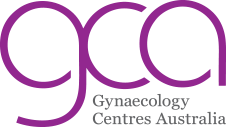Discipline of Obstetrics, Gynaecology and Neonatology, University of Sydney has examined the uptake of long-acting reversible contraceptive (LARC) methods after abortion. The cross-sectional study of women’s post-abortion contraception choices was conducted in Australian abortion clinics between 1 September and 31 December, 2012.
Sydney University reported that 7267 of 9477 women (76.7%) presenting during the study period had data collected. Analysis was based on the 6348 women with completed demographic details.
Just over a quarter of women (1742; 27.4%) chose LARC method for use after abortion. Of those choosing a LARC, immediate provision occurred in 71.1%. Compared with women aged 20-24 years, those aged 16-19 years were less likely to have immediate LARC insertion and those over 30 more likely.
Women having abortion in Australia in the lowest socio economic quintile were the least likely to have LARC insertion compared to those in the higher quintiles. Immediate LARC provision occurred more often after surgical abortion compared with medical abortion.
Among women who opted for LARC method after abortion, immediate provision was less likely to occur in women aged under 30 years, less likely as their level of disadvantage increased and more likely after surgical compared with medical.
Sydney University recommends that public health policy needs to facilitate access to LARC methods after abortion so that more women are able to avoid a further unintended pregnancy.
